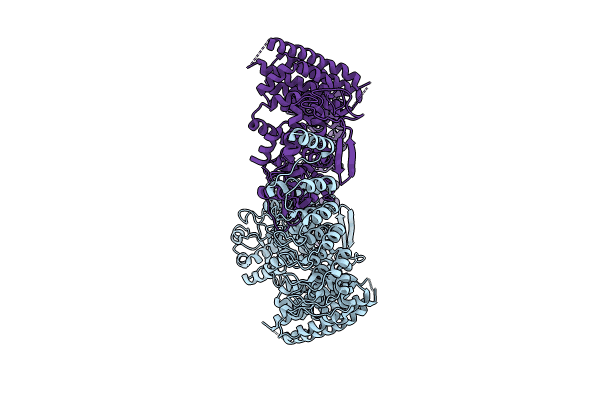
Deposition Date
2023-07-20
Release Date
2024-01-10
Last Version Date
2024-02-28
Method Details:
Experimental Method:
Resolution:
4.73 Å
Aggregation State:
PARTICLE
Reconstruction Method:
SINGLE PARTICLE


